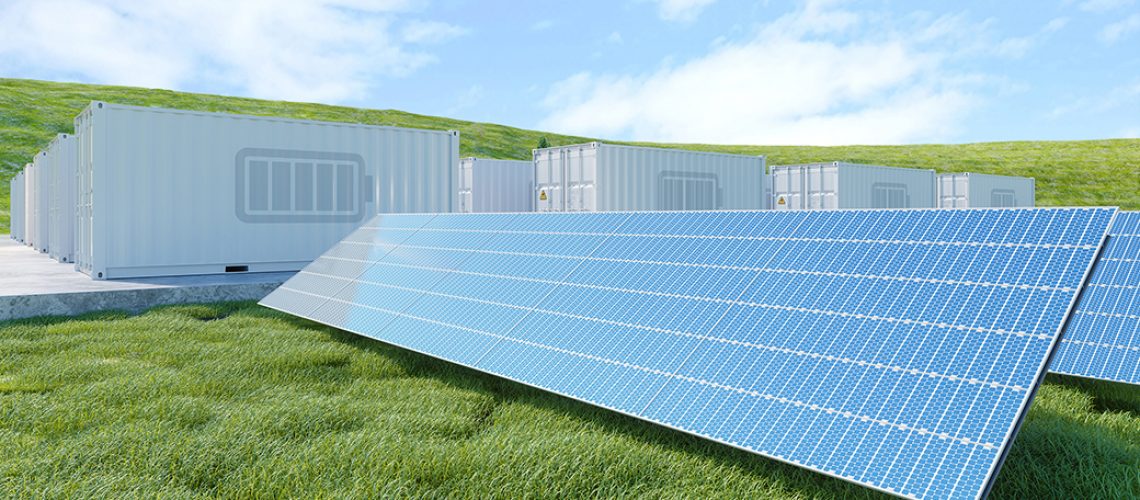Stem, provider of AI-backed energy storage software, posted record growth in Q2 2022.
San Francisco-based Stem released its Q2 2022 financial results, posting 246% revenue growth. Stem is a provider of AI-backed energy storage software and services.
The company recently partnered with AlsoEnergy, a leading solar monitoring software provider, to fully integrate solar and energy storage software solutions. Stem said the integration of the two companies is on track.
Storage assets under management total 2.1 GWh, up from 1.8 GWh by the end of Q1 2022. The solar monitoring division has 32.1 GW under management.
Stem’s quarterly revenues exceeded the high end of guidance by 5%, achieving $67 million in Q2, up from $19 million year-over-year. Its GAAP gross margin was 12%, up from 1% in the previous year’s quarter. Non-GAAP gross margin was 17%.
Net losses were $32 million versus $100 million in Q2 2021. Adjusted EBITA was $(11) million versus $(8) million in the previous year’s quarter. The company ended Q2 2022 with $335 million in cash, cash equivalents, and short-term investments.
The company holds a $5.6 billion 12-month project pipeline. Bookings in-quarter were $226 million, up from $45 million in Q2 2021, a 402% increase. Contracted annual recurring revenues reached $58 million, a $6 million increase over the Q1 total.
“We are reiterating our full-year 2022 revenue and adjusted EBITDA guidance and raising our full-year 2022 bookings and CARR guidance by 20% and 7% at the midpoint, respectively, driven by continued commercial momentum achieved by our team.” said John Carrington, CEO of Stem. “Importantly, our guidance does not incorporate any potential upside from the proposed Inflation Reduction Act of 2022.”
The energy storage market is set to continue its impressive growth path as renewable energy is deployed across the globe. The worldwide energy storage market may reach 500 GW in deployment by 2031, said Wood Mackenzie. The United States and China are expected to represent 75% of global demand.
The market is expected to be highly consolidated over the next decade. The top 10 nations for deployment are expected to represent 91% of the global demand, with grid-scale storage representing the largest share of capacity.
Wood Mackenzie said it sees the United States on a path to be a 27 GW annual market by 2031, and 83% of that figure will be utility-scale storage.
“Supply chain constraints, permitting and interconnection delays, and certain regulatory actions continue to pose challenges, but we believe we remain well-positioned to manage these risks and continue with our strong execution through the rest of 2022,” said Carrington.





